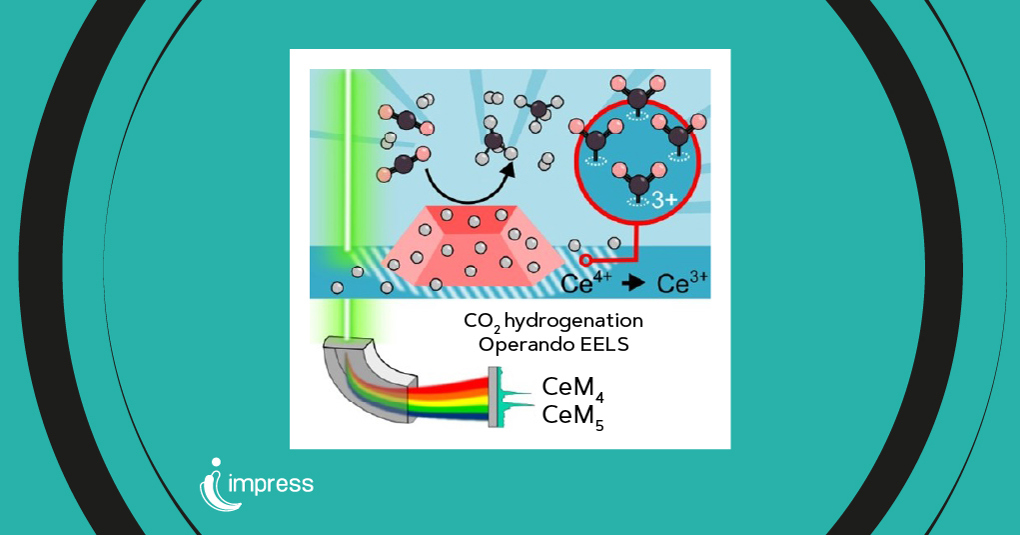
Direct visualization offers new insights into the dynamics of catalysts

Advanced visualization and analysis tools are helping to unveil the dynamics of catalyst active sites during CO2 hydrogenation, paving the way for more efficient and sustainable industrial processes.
In a novel study, researchers employed electron microscopy techniques to directly observe catalysts in action during the carbon dioxide hydrogenation process. By identifying the precise locations where active sites form, this research sheds light on how reducible supports enhance reaction mechanisms in catalysis. These insights offer a valuable contribution to the development of sustainable energy solutions.
Understanding catalyst dynamics
The study focuses on the dynamic behavior of catalysts during CO2 hydrogenation, a process crucial for converting this gas into valuable chemicals. A team of researchers from Belgium and Spain used advanced operando electron microscopy to observe the formation of active sites in real-time. This technique allowed them to capture the transient states of catalysts, providing unprecedented insights into their behavior under reaction conditions. The results of this promising study were recently published in the journal Advanced Materials.
The role of hydrogen spillover
One of the key findings of the study is the role of hydrogen spillover in enhancing catalytic performance. Hydrogen spillover refers to the migration of hydrogen atoms from metal nanoparticles to the support material. This phenomenon was observed to facilitate the formation of Ce3+ active sites, which are essential for the CO2 hydrogenation process. The researchers found that these active sites were dynamically formed during the reaction, significantly boosting the catalyst’s efficiency.
Implications for catalyst design
The insights gained from this study have profound implications for catalyst design and optimization. By understanding the conditions that favor the formation of active sites, scientists can design catalysts that are more efficient and durable. The findings also highlight the importance of operando techniques in studying catalysts, as they provide real-time information that static methods cannot capture.
Main insights and the way forward
The study highlights several key themes and insights:
- Dynamic formation of active sites during CO2 hydrogenation.
- The pivotal role of hydrogen spillover in enhancing catalytic performance.
- Implications for designing more efficient and durable catalysts.
- The importance of operando techniques in catalyst research.
This research is in line with the objectives of the IMPRESS project, which aims to develop an interoperable platform for electron microscopy. The project’s focus on modular and customizable components that integrate different instruments is well exemplified by the advanced techniques used in this study.
“By understanding the dynamic formation of active sites during CO2 hydrogenation, we can design more efficient and sustainable catalysts”, points out Sara Bals, Research Scientist at EMAT and the NANOlab Center of Excellence of the University of Antwerp and IMPRESS Project Partner.
“Our findings perfectly align with the goals of the IMPRESS project and promise to significantly improve catalyst design and optimization”, concludes Jordi Arbiol, Research Scientist at the Catalan Institute of Nanoscience and Nanotechnology (ICN2) and IMPRESS Project Partner.
Publication details
Advanced Materials, 2023, 35: 2306447
Direct Operando Visualization of Metal Support Interactions Induced by Hydrogen Spillover During CO2 Hydrogenation
Kellie Jenkinson, Maria Chiara Spadaro, Viktoria Golovanova, Teresa Andreu, Joan Ramon Morante, Jordi Arbiol and Sara Bals
doi: 10.1002/adma.202306447